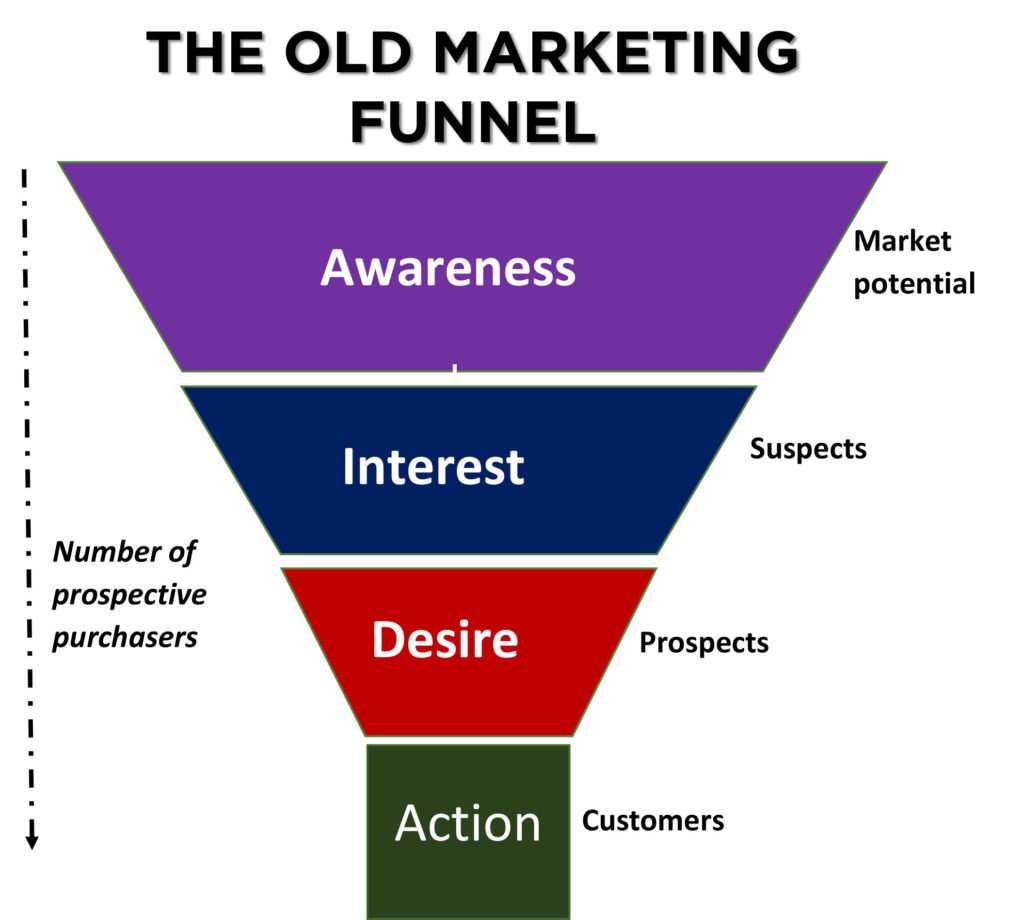
SEO (search engine optimization) revolves around the principles that Google uses to rank the highest results for a given keyword. Google's goal is to deliver the best search experience for users, and they do this by giving the best, most relevant results as quickly as possible. SEO is an integral part of every website's marketing strategy. But SEO can be complicated. This article will explore some of the basics.
On-page Seo
On-page optimization refers to optimizing page content on your site. Google and site visitors will appreciate quality page content. All other elements of on-page search engine optimization are derived directly from your page content. HTML elements, or elements found in source code, are also important. The title tag of the website page, and the meta description are two examples. A quality meta description should include a strong sentence that describes page content.
SEO on-page is about the elements that website visitors can see on your webpage. When done correctly, it can increase website visibility in search engines as well as attract new visitors. These elements include page speed (accessibility), content (content), and title tags. To improve your website's ranking in search engines, it is important to include these elements within the content. These are the elements you should be focusing on:
Google Hummingbird
Hummingbird, a new update to Google’s search algorithm, has changed the way search works. Hummingbird is a search engine that gives more weight for specific content (websites and blog posts) and does this by understanding what people mean when they search for what they want. SEO professionals won't have to guess about keyword placement or meta data. The search engine will find you exactly where you are. This change will benefit SEO experts and website owners alike, but it will require some adjustments.

Hummingbird has made major changes to provide more search results and direct answers. Knowledge Graph comparison charts will provide more information in search results. Hummingbird can also search for synonyms and co-occurring words. This update will allow SEO professionals to identify which keywords and phrases are most relevant for their audiences. Once the content is identified, marketers can start building a plan to increase visibility and traffic.
Content gap analysis
SEO is all about the first page. This page is the most crucial for achieving top rankings. The importance of the first page is crucial, but it doesn't make the second page less important. An analysis of your content will reveal the gaps in your content and help you improve it. This analysis can help you produce more engaging and effective content. You can gain traction by performing a content gap analysis, which will help you rank higher in the SERPs.
Once you've identified keywords that are under-served you can begin to identify gaps in the content your audience is looking for. If your content ranks low for a certain keyword, it could be on page 4. Many users will not even scroll past page three of search engines. A solid keyword research strategy is essential to avoid this. Here are some keyword research tips:
Link building
SEO link building is now a taboo word in the SEO industry. Companies were once penalized for buying links and using them to promote their sites. Google outlawed these practices and made them unusable. Now, you can avoid getting penalized by using a proper link building strategy and creating a compelling reason for people to link to you. Read on to learn how you can use link building to help your website rank better.

Link building requires outreach. This includes contacting people by phone and email to discuss your products or services. Writers and journalists are always in need of content, so your outreach efforts should focus on these types of sites. Use Semrush Authority Score for grading competitor websites. While it may seem like a quick win, the quality of these links will make a big difference in the success of your link building campaign.
FAQ
What is the best Content Marketing platform?
There are many options available today. Each one comes with its pros and con. Here are some popular options:
-
WordPress - Easy to set up and manage. Amazing community.
-
Wix - Easier than WordPress to set up and maintain. You do not need to have any technical knowledge.
-
Squarespace – The best option for those who already own a website.
-
Blogger - Free blogging service
-
Medium – A place that writers can share their work.
-
Instagram - A platform that uses images
-
LinkedIn - A networking platform.
-
Facebook - The social network.
-
YouTube - Video sharing platform.
-
Pinterest - Image-based platform.
-
Google Analytics - Track visitor behaviour.
-
Hubspot – Email marketing software.
-
MailChimp: Email marketing software.
How does Content Marketing Strategy help me?
Content Marketing Strategy gives access to data you might not otherwise be able to. This data allows you to measure which types of content perform better than others.
It helps you to determine which strategies should be used to increase your site's traffic. It provides insight into your audience's behavior, which can help you create better content.
This means that you will be able to spend less time worrying over what type of content works and more on what doesn’t.
An analysis of your audience's response to your messages can be done through a Content Marketing Strategy.
By analyzing these messages, you can figure out what content they prefer. You can use the same content to keep your winning ideas going.
A Content Marketing Strategy can help you track the performance of your content. As you continue sharing different content types, you can easily see which ones convert better.
A Content Marketing Strategy can be summarized as the key to ensuring that your content performs well.
What are the various content strategies?
Content strategy refers to all aspects that relate to how you create and manage digital content. It includes what you share on social media platforms like Facebook and Twitter as well as what you highlight on websites, blogs, and other online properties.
Content strategy is important because it defines how you decide where you focus your time and effort, which content types you should use, and what type of messages you send to your audiences.
It is about understanding how content fits within the overall business goals to help you achieve them.
Can I simply post links to other sites content?
Yes! It's known as link building. Linking back to another site's content is a great way to increase traffic to your site. Be sure to only link to trusted sources.
How many hours per week should I spend on content marketing?
It all depends upon your situation. It may not be necessary to invest much time in content marketing. If you are trying to attract traffic to your site, however, you may need to invest at least 1 hour each day.
What are some of the benefits of content-marketing?
By creating high-quality content, content marketing can help drive sales leads and sales. Content marketing provides an ongoing stream of original, fresh content that can be used for promotion of products and services. Content marketing is a great way to increase brand awareness and trust among potential customers. Finally, content marketing creates a positive image for your company.
How much does content marketing cost?
Content marketing costs vary depending on whether you are looking for an outsourcing solution or if you plan to do everything yourself. Outsourcing content marketing services are usually cheaper than hiring full-time employees, allowing you to scale quickly when you need more coverage.
HubSpot research has shown that outsourcing content production costs $5 per lead for B2B companies, compared to $22 for consumer brands.
However, there are many resources online that provide content marketing tools for free that can be used to create engaging content and convert.
There are many ways you can optimize content to be found on search engines like Google and Bing. You can create original content, guest post on blogs or curate content from other sites.
You'll need to learn the skills necessary to create great content for self-produced content. It's easy to create content once you have it down.
It is possible to start with simple landing pages created using WordPress, and then build your site. This allows you to create a portfolio.
Statistics
- Measure your goals with a progress indicator of 0-100%. Make your goals collaborative and transparent (semrush.com)
- Companies that use content marketing see approximately 30% higher growth rates than businesses not using it. (mailchimp.com)
- According to our research, 65% of companies with very successful content marketing in 2021 ran content audits at least twice a year. (semrush.com)
- According to the Content Marketing Institute, 70% of B2B marketers and 86% of B2C marketers surveyed use content marketing in some form or other. (criteo.com)
- Seventy-two percent business to business (B2B) (mailchimp.com)
- According to research compiled by Coschedule: Companies that publish 16+ blog posts a month get as much as 3.5x as much traffic as those that publish 0-4 posts a month. (criteo.com)
- Out of the 1,500 marketers we surveyed for our State of Content Marketing report, 78% who felt their content marketing strategy was exceptionally effective in 2021 had documented their strategy. (semrush.com)
- Content marketing produces 3X more leads per dollar spent. Content marketing costs 62% less than traditional marketing. (criteo.com)
External Links
How To
How to create amazing images
To make your content stand out from others, you should use images. Images are one way to communicate ideas visually. They are great at grabbing attention and increasing engagement. They help convey complex concepts simply and effectively, and they're also useful for highlighting key points in any kind of written content (e.g., blog posts, social media updates, etc. ).
Images can be used to enhance a presentation or piece of writing. They can make it more interesting and alive. It is possible to get less striking results if your images are not chosen correctly. This article will provide tips on how to choose the best images possible for your next project.
-
Know what makes an image good. When choosing which photos to use, there are many things that you need to remember before you even start looking at them. First off, you want to pick images that are clear and concise. A cluttered image won't cut it. It won't attract attention the same way a clear, concise photo would. You also want to avoid images where people aren't smiling or aren't looking directly into the camera. This can make it appear that you don't care about what you say. Lastly, you want to ensure that the image doesn't distract from the main point you're trying to get across. If the image draws too much attention away, it is probably not ideal.
-
Find inspiration. Once you have a list of possible candidates, it is time to look through them and select those that interest you. The first thing you should do is take a look at their captions. These may be written separately or included by some photographers. In either case, it is important to check that the caption is easy to read. Pay attention to what the photo is referring to. Do you expect to see someone having a good time in the photo? Or maybe it's a place that looks like it could be dangerous. You might not associate it with happiness. No matter what the reason, consider why you like this image and how it connects to the message you are trying to convey.
-
Different types of images can be tested. You can highlight specific aspects of your text by using images. This is one of the greatest benefits of images. If you are writing about a product, an image showing the item in action might be helpful. Likewise, if you've got an infographic on offer, you may want to include an image showing the presented data. Visual aids such as these can help readers connect with your information.
-
Use the right file format. When choosing images, the first thing to do is to choose the right file format. You have two choices when creating web pages: JPEG, or GIF. Both file formats are excellent, but each one has its own advantages and disadvantages. JPEG files work well with all media, even websites and social media posts. Because they can store large amounts of data in small spaces, JPEG files are especially useful for photos. GIFs can become blurred over time due to their loss of quality. GIFs are smaller than JPEGs, so they're better suited to graphics and animation. They don't support transparency making them unsuitable to be used for photos.
-
Add other visuals. You might consider adding other visuals to your content. Because it creates a distraction-free space for your readers, this can greatly improve the effectiveness of your article. This makes them less likely to abandon your site after reading your article. One of the best ways to add extra visuals to your site is by creating infographics. Infographics are a popular way to quickly share lots of information. They are also great for adding visuals to your blog posts.